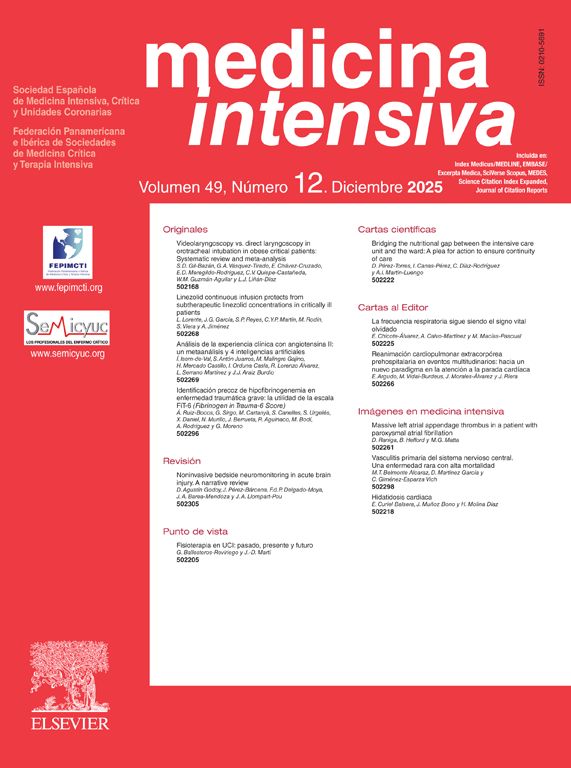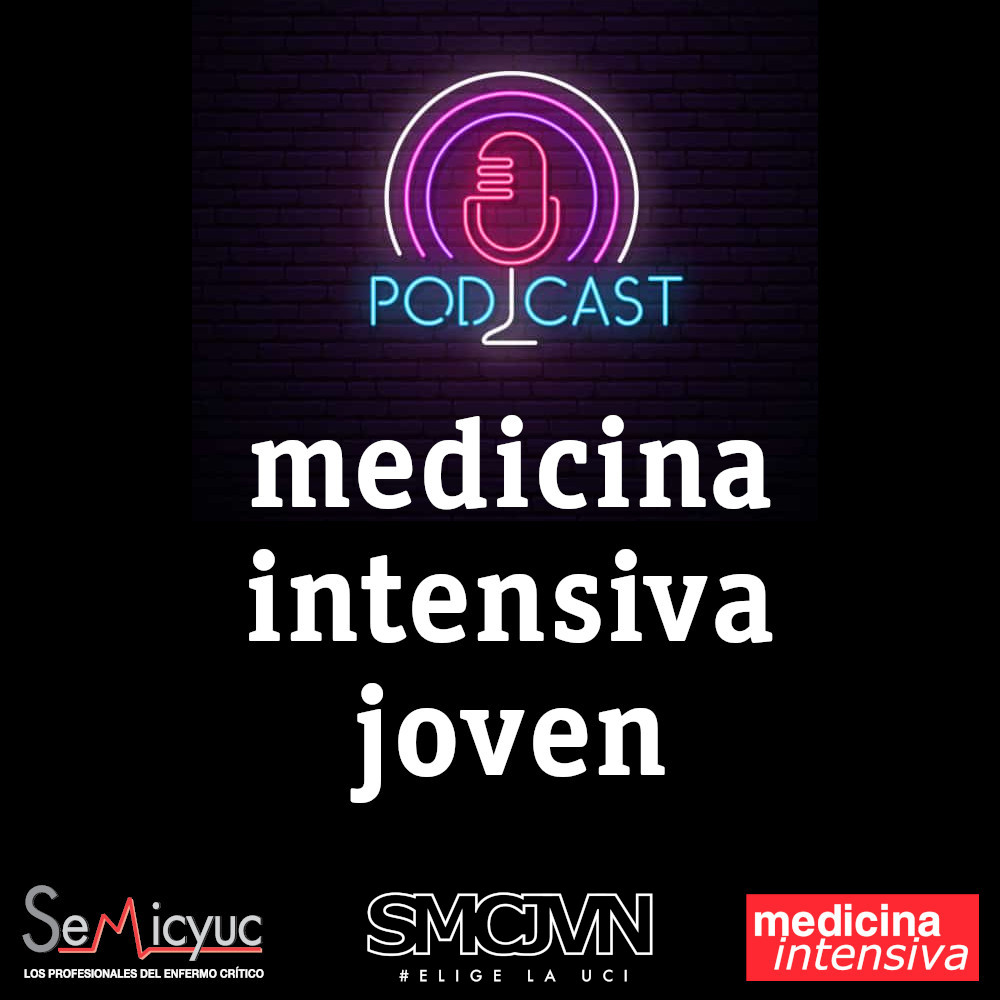This is the case of a 56-year-old woman who admitted to the ER with progressive shortness of breath. She was hypotensive and tachypneic (>30 bpm), requiring orotracheal intubation. The blood test results showed a pH of 6.75, PaCO2 of 18.5 mmHg, bicarbonate level of 2.5 mmoL/L, lactate level of 10.73 mmol/L, and negative ethanol levels. The measured osmolality was 313 mOsm/L with an osmolal gap of −24 mOsm/L. Continuous hemodialysis was initiated, but 12 h later, the patient still had severe acidosis. As a differential diagnosis, the possibility of intoxication with other alcohols was considered. A urine sample examined under UV light (Wood's lamp) revealed the presence of typical fluorescence of fluorescein, which is used in products containing ethylene glycol (Fig. 1). The administration of a single dose of fomepizole was decided within the following hours, which led to the resolution of metabolic abnormalities.
Conflicts of interestNone declared.
FundingNone declared.






